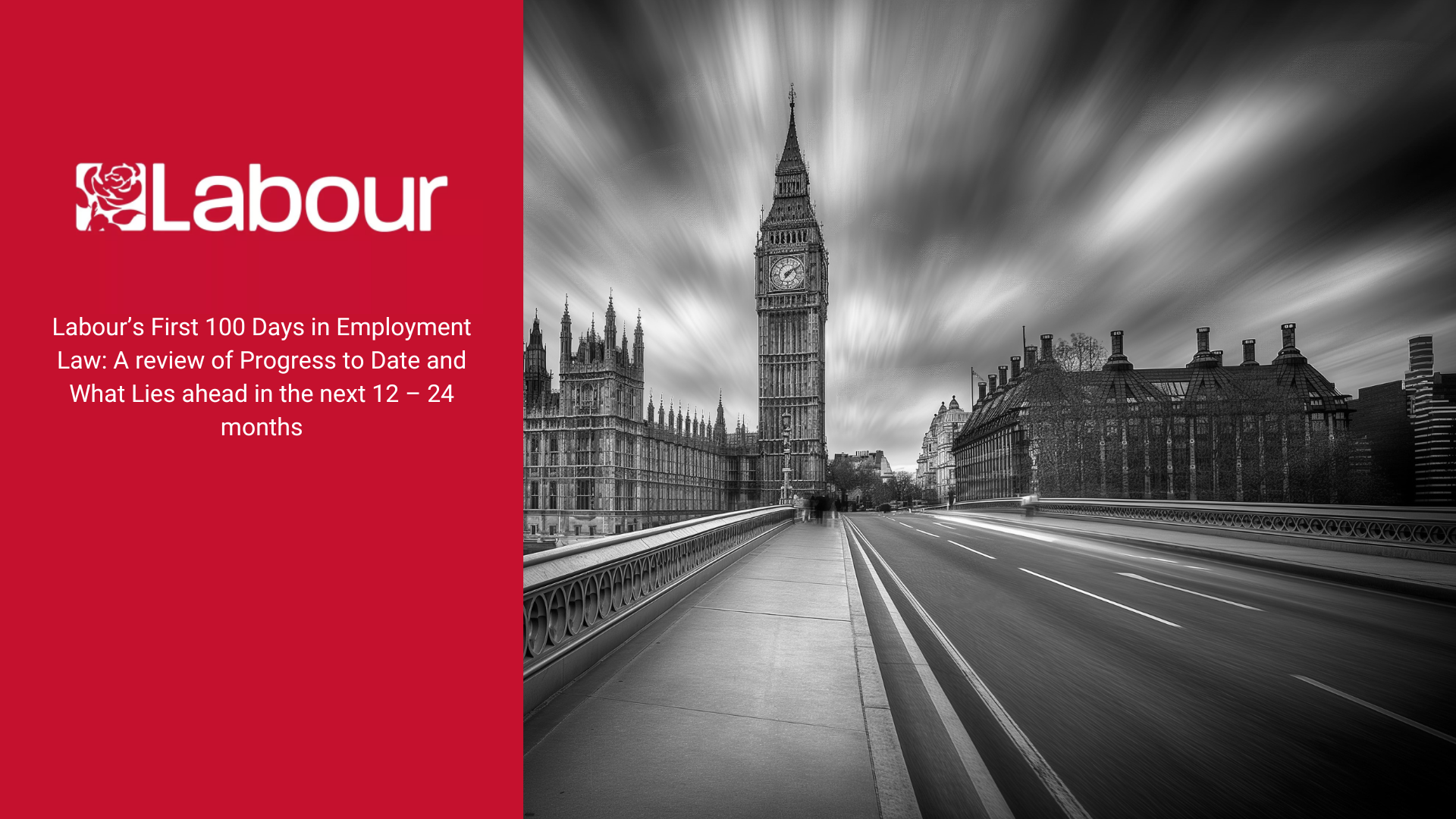Is bullying in the workplace illegal?
It is not acceptable to bully someone at work and you do not have to put up with being bullied. Bullying is not actually against the law, but harassment is unlawful under the Equality Act 2010. So, what does that really mean and where does that leave you?
What is the difference between bullying and harassment in the workplace?
Bullying and harassment are terms that are often used interchangeably. While bullying is often thought of as a type of harassment, there are some differences.
Workplace harassment
Harassment is defined by the Equality Act as:
unwanted conduct related to a relevant protected characteristic, with the purpose of:
(i) violating someone’s dignity, or
(ii) creating an intimidating, hostile, degrading, humiliating or offensive environment.
Harassment also includes unwanted conduct of a sexual nature (including conduct that is related to gender reassignment or sex) as well as treating someone less favourably because they have rejected unwanted behaviour.
Protected characteristics include:
- age,
- disability,
- gender reassignment,
- race,
- religion or belief,
- sex or sexual orientation.
Harassment is also unlawful under:
- the Sex Discrimination Act,
- the Race Relations Act,
- the Disability Discrimination Act,
- the Criminal Justice and Public Order Act,
- laws of common assault.
You can bring a civil action for harassment, issue proceedings in an Employment Tribunal for harassment and sometimes it may also amount to a criminal offence. Some behaviour may also break data protection or privacy laws, such as sharing private personal information.
Workplace bullying
There is no legal definition of bullying. The Advisory, Conciliation and Arbitration Service (ACAS) describes it as: ‘Offensive, intimidating, malicious or insulting behaviour, an abuse or misuse of power through means intended to undermine, humiliate, denigrate or injure…’
Bullying does not have to be in respect of a protected characteristic.
While there is no law that specifically makes bullying illegal, bullying behaviour will often amount to harassment. However, just because there is no law against bullying, it does not mean you have to tolerate it in the workplace.
Examples of bullying and harassment at work
Common examples of both types of behaviour include:
- Unwarranted and persistently negative attacks in respect of someone’s appearance, conduct or performance;
- Spreading malicious rumours, picking on or regularly undermining someone;
- Making unpleasant comments, sharing personal or private information, hacking someone’s account;
- Deliberately leaving someone out.
Harassment and bullying can both take place in person, or by writing letters, sending emails and SMS messages, via social media, or any other form of communication.
What should you do if you are the victim of harassment or bullying?
The first thing you need to understand is that if you are being subjected to behaviour that makes you uncomfortable or worse, you don’t have to suffer in silence, even if you’re not sure whether the behaviour amounts to harassment or bullying.
Keep a record of the bullying or harassment
This could mean taking screen shots of social media posts and keeping emails or texts. If the behaviour is face to face or by phone, just make a note of what is said and when.
Try not to return any bullying or offensive comments
When someone is saying nasty things about you, it can be very easy to say something nasty back. However, it’s important to avoid engaging in an argument or flurry of insults. Do your best to ignore what is being said, especially if it’s on social media. On most social media channels, you can block the perpetrator and report them.
Talk to your employer about intimidating or hostile behaviour
Bullying can be very subtle; it’s likely your employer is probably unaware of what is going on. That means it’s important to talk to them about it. You can do this by talking to your manager, someone in HR or your union representative.
Once you’ve told someone such as your manager or HR, it may be possible to resolve the matter informally.
In some circumstances, you may want to get independent advice from a solicitor; for example, you may work in a small firm in which the person doing the bullying is your boss.
If the bullying includes any threats of death, violence or stalking behaviour you should report it to the police.
Use your employer’s grievance procedure
If it’s not possible to resolve the matter informally, the next step is to instigate your employer’s grievance procedure by making a formal complaint. This should result in the matter being investigated and necessary action being taken.
Should this still not resolve the matter, you may want to consider taking legal action at an employment tribunal. However, we would recommend that you take legal advice first.
Don’t suffer in silence
Bullying can have a significant impact on your mental and physical health, as well as your confidence and performance at work. Your employer should have an anti-bullying policy and be proactive about cultivating a positive workplace culture.
If you believe you have been the victim of bullying at work, and would like some advice, please contact us today.











